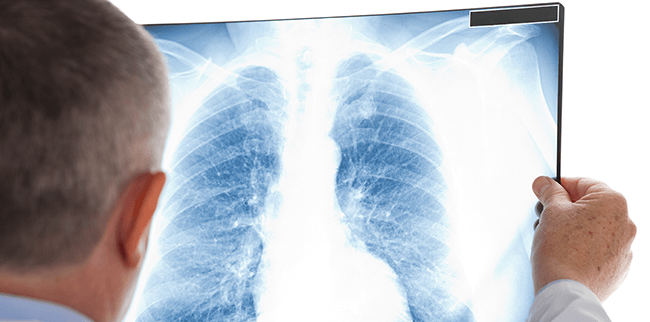The study discussed in today’s blog takes a look at the effect of RMT on a number of variables. In it, RMT was tested to further improve the effects of exercise-based rehabilitation programs in COPD patients, and possibly add other benefits.
Key Findings
- Currently applied pulmonary rehabilitation programs without respiratory muscle training (RMT) improve dyspnea, exercise capacity and health status in COPD patients.
- The additional effect of RMT to pulmonary rehabilitation is unclear.
- 6 months of RMT plus general exercise after 12 weeks of exercise alone further improved initial benefits of increased exercise capacity, reduces dyspnea and improved quality of life.
- RMT plus exercise also improved respiratory muscle strength.
Patient Impact
The addition of RMT to pulmonary rehabilitation is more effective than rehabilitation alone.
Study Methods
After 12 weeks of general exercise regime (GER), patients underwent six months of either GER plus inspiratory muscle training (IMT) or GER with a sham control. The following variables were measured:
Study Results
12 weeks of GER significantly improved exercise capacity, dyspnea and hrQOL. Six months of IMT in addition to GER led to a significant improvement of inspiratory muscle pressure as well as further improvements with regards to POD and hrQOL when compared to the control group.
A combination of general exercise and respiratory muscle training is beneficial for COPD patients, even if RMT is added during the pulmonary rehabilitation program. It is more effective in reducing dyspnea and improving quality of life than general exercise alone. RMT is therefore recommended for inclusion in standard pulmonary rehabilitation.

0 Comments